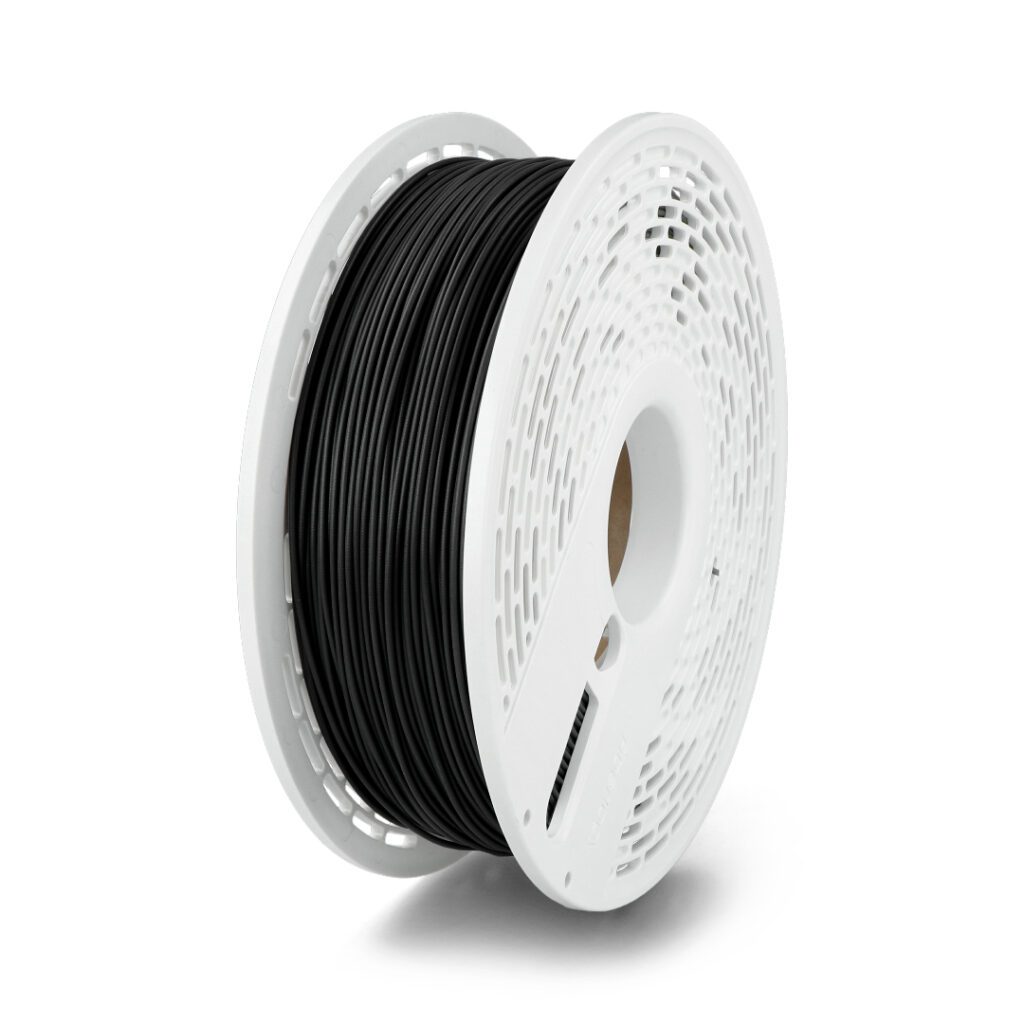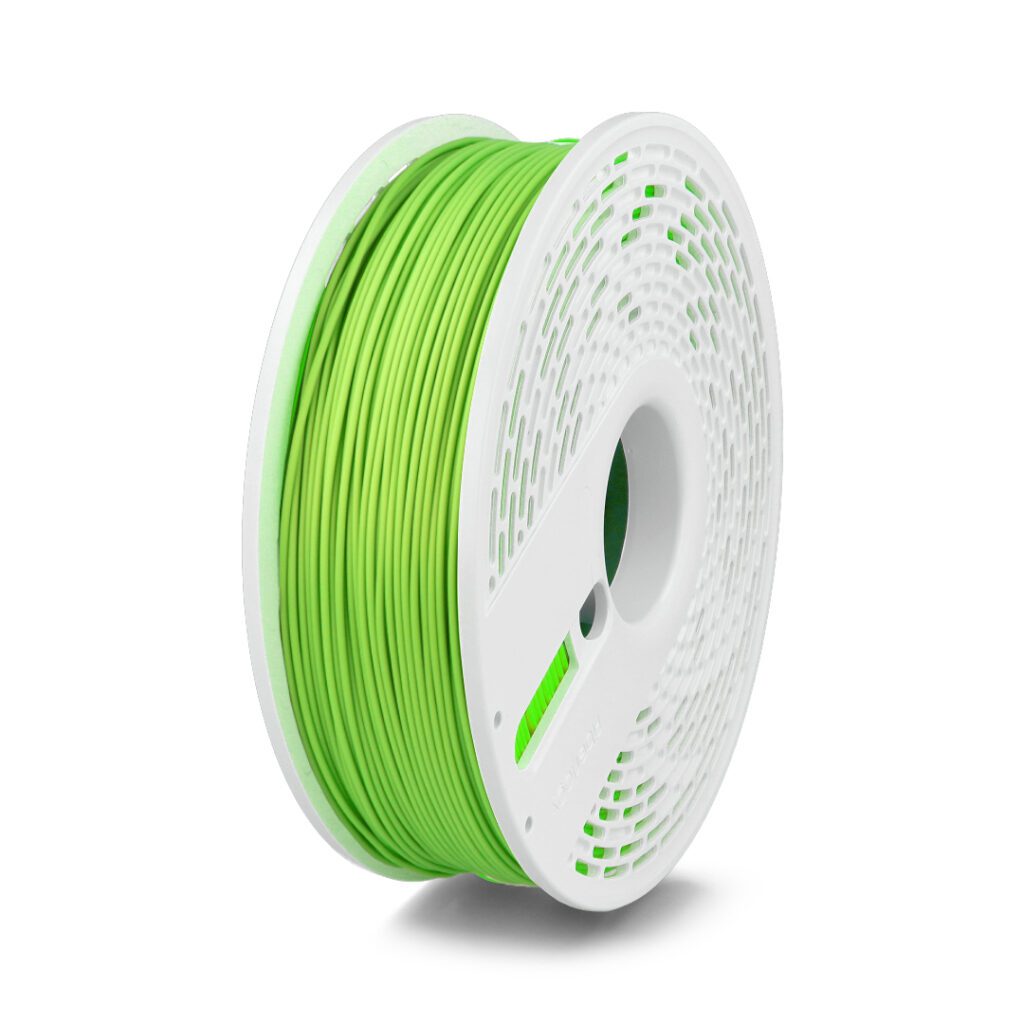Table of Contents:
Do you know what PP filament is and what amazing possibilities it opens up for 3D printing enthusiasts?
You’ve probably heard of many types of filaments, but PP, with its unique properties, is worth a closer look.
In this article, we’ll discuss exactly what PP filament is, what you can use it for, and what advantages it has over other materials.
Read to the end to learn more about this versatile material.
PP filament - what exactly is it?
In the world of 3D printing, PP filament, or polypropylene thermoplastic, is one of the most frequently chosen materials for creating a variety of objects.
Its popularity is due to its unique properties, which translate into countless possibilities for using it in the creation process.
PP filament is a type of thermoplastic material that comes in the form of thin filaments, called.
filaments.
These filaments are used as “building material” in 3D printers.
Thanks to its characteristics, such as high damage resistance, chemical resistance, and the ability to be molded in a wide range of temperatures, PP filament is used in many fields – from prototype modeling, to artistic creation, to the production of components used in industry.
When the filament is heated, it becomes soft and malleable, allowing the 3D printer to use it to create three-dimensional objects of various shapes and sizes, complex structures and extreme precision.
All this makes PP filament the perfect tool for anyone who wants to turn their ideas into real objects.
The most important characteristics of PP filament
The properties of PP filament make it one of the most interesting materials used for 3D printing.
As a thermoplastic material, PP exhibits excellent flexibility while maintaining high strength – a property rarely found among other filaments.
As a result, objects printed with PP filament are both flexible and strong, which opens up a wide range of possibilities for creating all sorts of parts and components.
What’s more, PP is known for its exceptional resistance to most chemicals, fats and solvents, making it ideal for producing items that will come into contact with various environments.
PP filament is also lightweight and UV-resistant, which gives it an advantage over other materials, especially when considering its use in industry.
Another advantage is that PP prints are easy to recycle, which is in line with the growing trend of sustainable production.
These properties, combined with excellent 3D printing results, make PP filament a material worthy of interest for any 3D printing enthusiast.
PP filament - examples of its use in practice
Zhe applications of PP filament are extremely numerous and stretch across many fields, both in amateur and professional contexts.
Industry is an area where PP filament plays a key role, particularly due to its exceptional resistance to chemicals, fats and solvents.
It is used in the production of machine parts, electronic components, sanitary fittings or packaging, where its lightness and strength are appreciated.
In the world of 3D printing, the applications for PP filament are equally impressive.
Its flexibility and ability to form under heat make it an excellent choice for artists and engineers.
The ability to create intricate, flexible and durable structures using 3D printing with PP filament is appreciated for both prototyping and final products.
PP filament also enables the creation of durable and lightweight models, which is invaluable in industries such as automotive, aerospace and medical.
Finally, it is worth mentioning that the applications of PP filament in 3D printing go hand in hand with the trend of sustainable production.
Indeed, prints made from this filament are easy to recycle, which is another important advantage of its use.
Printing with PP filament - useful tips
3D printing with PP filament is a process that requires us to take a specific approach and adjust the appropriate printing parameters.
The first important piece of advice concerns temperature – for PP filament, a value in the range of 220-240°C is recommended.
The properties of this material allow printing at speeds of up to 60 mm/s.
In addition, due to PP’s low tendency to deformation, it is not necessary to use a heated platform, but if you decide to use it, it is worth keeping the temperature at about 85°C.
Choosing the right equipment is crucial to the quality of 3D printing with PP filament.
The best results will be obtained using printers with dual extruders.
This allows you to print with soluble support, which is especially beneficial when creating complex models.
Remember to thoroughly clean and prepare the printing surface before starting the process – PP is a bit slippery, so it can have adhesion problems.
These practical tips should help both beginners and advanced users get the most out of PP filament in 3D printing.
PP filament vs. other materials - comparisons
Comparing PP filament with other popular 3D printing plastics provides a better understanding of its unique advantages, but also highlights some of the challenges it poses to the printer.
PP filament is characterized by exceptional resistance to damage and chemicals, which puts it at the forefront of filaments that can withstand extreme conditions.
Compared to materials such as ABS or PLA, which are also commonly used in 3D printing, PP offers better flexibility, making it possible to create more complex structures and details without sacrificing strength.
On the other hand, filaments such as PLA or PETG are easier to print for beginners, thanks to better adhesion to the substrate and less complicated printer settings.
It is worth noting, however, that PP filament, despite some challenges, offers incredible opportunities for those who want to reach a higher level of sophistication in 3D printing.
The key to success here is proper adjustment of printing parameters and experience to realize the full potential of this material.
Examples of items printed from PP filament
Examples of PP filament applications are as varied as our creativity allows.
From small everyday items such as clips and packaging, to more complex components such as drone parts or car model details, to products with medical applications such as prostheses or medical equipment components.
PP filament is also being used to create art – both sculptures and avant-garde, three-dimensional paintings.
You can see the wide range of possibilities this material offers.
To better illustrate the potential of PP filament, it is worth looking at specific items.
A common example is structural components used in the automotive and aerospace industries – lightweight, yet extremely strong and flexible.
PP filament is also an ideal material for printing practical gadgets, such as smartphone holders, card cases and various types of containers.
Items printed from this filament can be not only functional, but also visually striking, which further emphasizes the versatility of this material.
How useful was this post?
Click on a star to rate it!
Average rating 0 / 5. Vote count: 0
No votes so far! Be the first to rate this post.





















